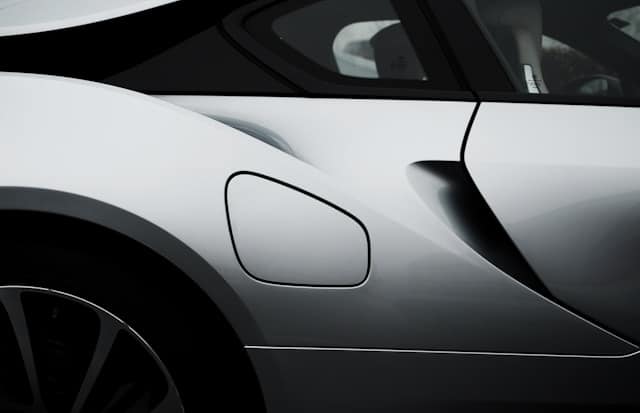How Modern Vehicles are Designed to Absorb Impact During Collisions
 The design and engineering of modern vehicles heavily focus on safety, particularly how a vehicle can protect its occupants in the event of a collision. Automotive manufacturers utilize advanced technologies and design strategies to ensure that cars can absorb the energy of an impact effectively, thereby minimizing injury to passengers and damage to the vehicle itself. This article explores the innovative methods and technologies that are integral to modern vehicle designs for improving collision impact absorption.
The design and engineering of modern vehicles heavily focus on safety, particularly how a vehicle can protect its occupants in the event of a collision. Automotive manufacturers utilize advanced technologies and design strategies to ensure that cars can absorb the energy of an impact effectively, thereby minimizing injury to passengers and damage to the vehicle itself. This article explores the innovative methods and technologies that are integral to modern vehicle designs for improving collision impact absorption.
Crumple Zones
Principle of Crumple Zones
Crumple zones are fundamental to modern car safety design. Positioned at the front and rear of the vehicle, these zones are engineered to absorb and dissipate the energy from an impact during a collision. By deforming in a controlled manner, crumple zones prevent the force of the collision from reaching the passenger compartment, or at least significantly reduce its impact.
Materials and Construction
The effectiveness of crumple zones is largely due to the use of specific materials and construction techniques that allow these parts of the vehicle to crumple efficiently. High-strength steel and aluminum are commonly used because of their ability to undergo extensive plastic deformation before breaking.
Reinforced Safety Cage
Designing the Passenger Compartment
Central to the vehicle’s safety architecture is the safety cage or passenger compartment. This area is designed to remain intact during a collision, providing a safe space devoid of intrusions. The safety cage is constructed with rigid, reinforced materials that are capable of withstanding great force.
Rollover Protection
In addition to frontal and rear protection, the safety cage is designed to protect occupants in case of a rollover. Reinforced pillars and specially designed roof structures are crucial to prevent the roof from collapsing during such incidents.
Energy-Absorbing Materials
Padding and Interior Safety Features
Beyond the metal and structural components, modern vehicles also incorporate a variety of energy-absorbing materials inside the cabin. This includes dashboard padding, door panels, and even the seats themselves, which are made from materials that can absorb shock without causing harm to the occupants.
Airbags and Seatbelts
Airbags and advanced seatbelt designs work in conjunction with the structural elements to protect passengers. Airbags deploy in a fraction of a second during a collision, cushioning the occupants from impact with the interior of the vehicle, while seatbelts help distribute the force of the impact across stronger parts of the body, reducing strain on any single part.
Advanced Technology Integration
Accident Avoidance Systems
Modern vehicles often include advanced accident avoidance systems such as automatic braking, collision warning systems, and adaptive cruise control. These technologies can prevent collisions or lessen their severity by reducing the vehicle’s speed before impact.
Crash Test Simulations
Automakers use sophisticated crash simulation software to predict how vehicles will behave in a crash and to improve their designs accordingly. This technology allows for safer vehicles, as manufacturers can identify potential weaknesses in the car’s design before it is even built.
Conclusion
Modern vehicles are designed with an intricate balance of materials, structure, and technology, all orchestrated to maximize the safety of the occupants in the event of a collision. The evolution of automotive design continues to focus on how to absorb impact effectively, making cars safer with each new model. Understanding these protective features not only helps consumers make informed purchasing decisions but also highlights the significant advancements in vehicle safety technology.

